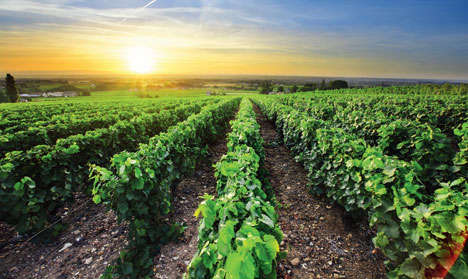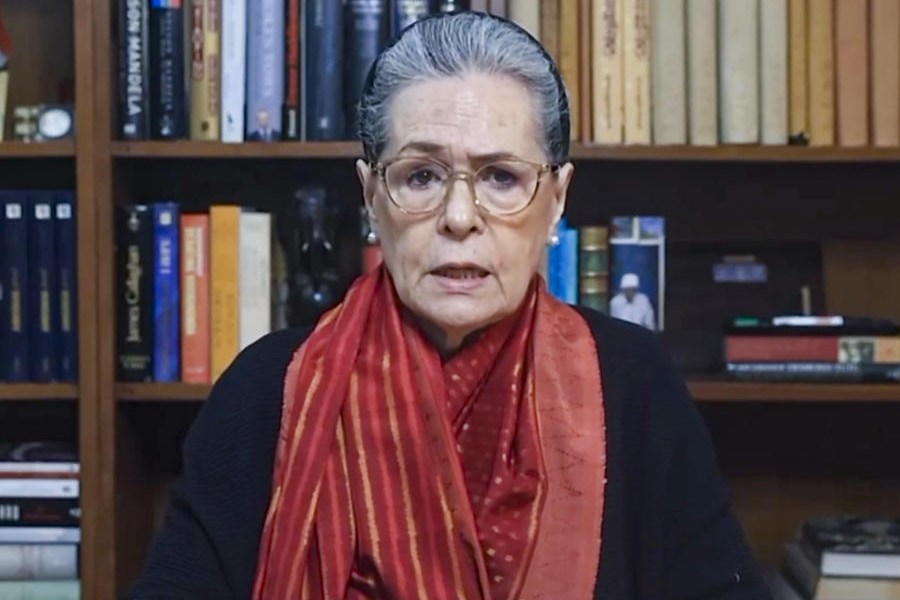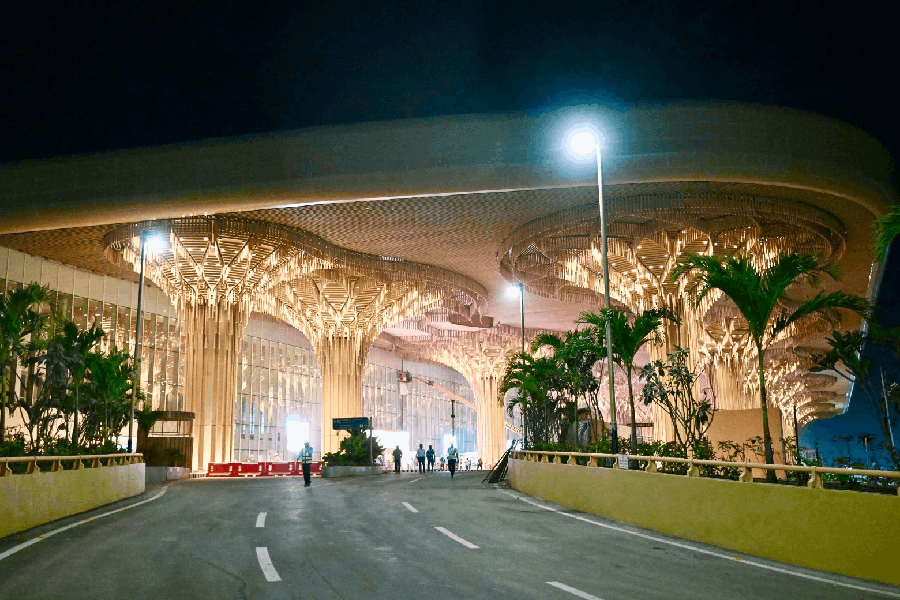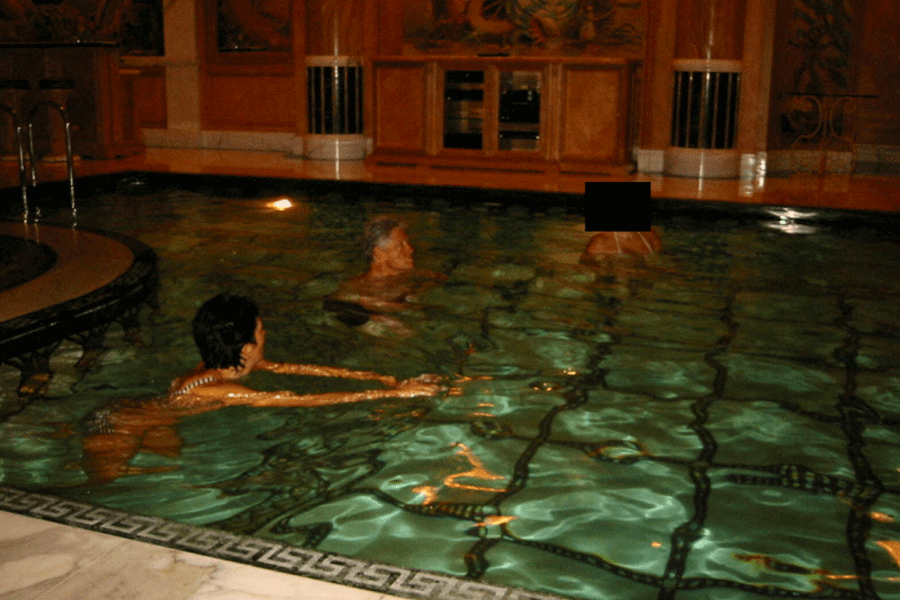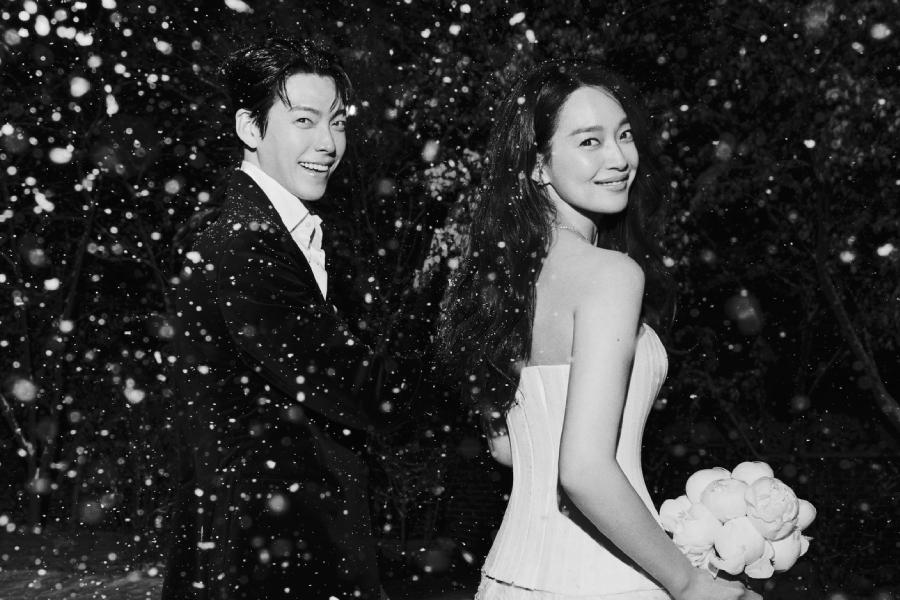
We begin our day by standing on the narrow road, barely clinging to the hillside of Cote Rotie, sharing the morning break with the young, fit harvesters bringing in the season’s grapes for Domaine Francois Merlin. Fortified with plastic glasses of last year’s Viognier and as many croissants we could wolf down, we were welcomed to join the crew as they harvested the Syrah grapes from old growth vines growing almost impossibly on the ancient, steep terraces. Our challenge for the morning was to observe the harvest of an exceptional year’s grapes without getting in the way of the pickers who were able to traverse the terraces with the grace and agility of young mountain goats.
The Rhone region of France is less of an obvious wine destination than Bordeaux or Champagne but due to its history as the oldest wine-producing region in Europe and the depth of wines produced, it is certainly a place worth a visit. These vineyard sites date back to over 1,600 years and produce some of the great wines of France while the fields, orchards, grazing lands and the river itself produce the bounty that perfectly accompany each vintage. With this in mind, we structured our trip around visiting exceptional vineyards from each area and matching the wines with food from a maximum 20-kilometre radius, thus giving us the opportunity to approach an understanding of the elusive concept of terroir.
The northern Rhone begins just south of Lyon in the ancient Roman, yet still operational, terraced vineyards. Its steep hillsides are reported to be origin of both Syrah and Viognier grapes, produced in Cote Rotie and Condrieu. The reds of the region are exclusively Syrah and are occasionally blended with the whites from Viognier, Marsanne and Roussanne.
After an early morning in the vineyard, we headed back to Domaine Merlin to taste and get a glimpse of the first stages of production. Francois Merlin, a chemical engineer by training, has spent the past decades experimenting with both his wine cultivation and his wine-making processes. He has recently been joined by his son, Laurent and together they produce some of the region’s more interesting Cote Rotie. That evening at Le Pyramid we selected a bottle of Francois Merlin Cote Rotie (2014) to enjoy with our main course. The deep purple red has aromas of spice and black cherries. The layered flavours of black fruit, licorice and smoked meat made a powerful yet elegant accompaniment to a Loin of Pyrenees’ Lamb with a Puree of Fresh Vegetables and Herbs served with young Garden Vegetables and Lamb Jus.

Cave Yves Cuilleron is just a few picturesque minutes down the road from Domaine Merlin in Chavanay. Thirty years ago, Yves assumed the operation of the vineyard from his uncle when he retired. Although connected to the family business, his degree in engineering, and studies at the Ecole Viticole in Macon, gave him the ability to see the vineyard with a fresh vision and the desire to push that vision into reality. He has emerged as one of the leaders in this generation of Rhone winemakers and his new state-of-the-art winery is, perhaps, one of the user-friendliest wineries I have ever visited. There is work logic in its layout with both spatial flow and ample room for expansion. This ability to expand is essential for future operations as Cuilleron’s wines are leading the pack, producing some of the best Condrieu in the market.
After our visit to the winery, we were anxious to sample a bottle of Yves Cuilleron Le Petite Cote (100 per cent Viognier as all AOC Condrieu are) with our lunch. It has a light golden colour with aromatics of ripe apricot, peach and citrus. Its rich and fresh mineral notes, stone-fruit flavours, with a hint of honey on the finish, matched perfectly with our Fish Soup with Saffron — the freshwater pike, trout and arctic char were all sourced from the surrounding waters.
Tournon-sur-Rhone is less than an hour south of Chavanay, in the heart of the northern Rhone valley and home to Delas Freres. The winery’s history stretches back to 160 years and is one of the leading producers of Hermitage. In 1993 the Champagne House of Louis Roederer acquired Delas and now Jacques Grange heads their wine-making team. They take pride in producing wines of exceptional quality and value.
For dinner we ordered a Delas Domaine des Tourettes Hermitage (2014) — 100 per cent Syrah. It has a deep red colour with a concentrated nose of spice, blackberry and leather. The firm integrated tannins, with flavours of plum, cassis and spice do not overpower the Roast Veal with Forest Mushrooms, Baby Vegetables and Almond Oil.

“Fac Et Spera” (Do and Hope) is a fitting motto for a family with over 200 years in the unpredictable world of wine-making, where even the hardest work still needs the support of nature to succeed. This is the guiding principle of Maison M. Chapoutier, a family owned and operated winery since its inception in 1897. Nestled in the hills of Tain-l’Hermitage, Chapoutier looks to its heritage while constantly evolving: all of their vineyards are biodynamic and they were the first winery to label in Braille. Although famous for their Red Hermitage, the White Hermitage is renowned for being the favourite wine of Thomas Jefferson.
That evening we decided to follow the lead of Jefferson and order a Chapoutier Chante Alouette Hermitage Blanc (2015) — 100 per cent Marsanne. The wine has a brilliant green-golden hue with complex aromas of quince, honey and ginger. There is a concentration of pear, and almond on the palate with a long, elegant finish. We matched it with Rabbit wrapped in Coppa with Eggplant Caviar and Tomato Confit.
Our final day in the Rhone begins early morning in Tavel at Chateau d’Aqueria. The vineyards and winery, purchased in 1919 by Jean Olivia, currently run by his grandsons Vincent and Bruno Bez, are producing the top Rose in the region. The vineyard grows all nine of the grapes allowed in Tavel and ferments 2-3 grapes together, which achieves their intensely flavoured, deep coloured wine. Bottle ageing for 3-4 years increases the complexity of this Tavel that is more serious than many Rose wines in the market.

Rose seems to have been created for sunny long lunches. We found a lovely brasserie in the village of Chateauneuf-du-Pape where we ordered a simple lunch of Roasted Langoustines with a Citrus Vinaigrette and Walnut Oil to accompany a bottle of Chateau d’Aqueria Tavel Rose, 2016. This blend of classic Tavel grapes yields a wine with a beautiful deep colour, aromas of cherry, strawberry and spice. It is a full-bodied wine with an elegant texture, balanced acidity and rich fruity flavours.
The final stop on our journey, near the bottom of the Rhone valley, was the internationally popular Chateauneuf-du-Pape. Known for its blend of up to 13 grape varieties Chateauneuf-du-Pape produces quality, elegant wines with a penchant for ageing. We were welcomed at Chateau de Beaucastel, founded in 1549, one of the oldest estates in the region, now being run by the fifth generation of the Perrin family. The family is proud to produce one of the greatest Chateauneuf-du-Pape on the market. For generations Beaucastel has been a regional leader for sustainable farming. They were early adaptors of organic farming in 1950 and began farming with biodynamic techniques in the 1970s. Under the strong guidance of the Perrin family, the grape varieties, the soil and the special climate work in tandem to help produce a profound expression of terroir.
For our final meal in the Rhone valley, we took the majority view and ordered locally sourced organic pigeon to pair with the Chateau de Beaucastel Chateauneuf-du-Pape 2007. The deep, dark-ruby colour has a complex nose of candied fruits and spice, tasting of black currant, dark fruits with hints of coffee and vanilla. The firm tannins and elegant finish stood up beautifully to the chef's preparation of Roasted Pigeon Breast, Leg Confit with Candied Onion served Au Jus with a hint of Juniper.

